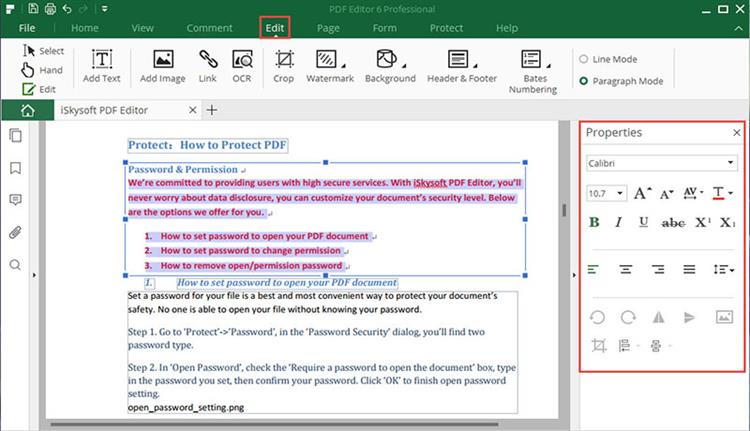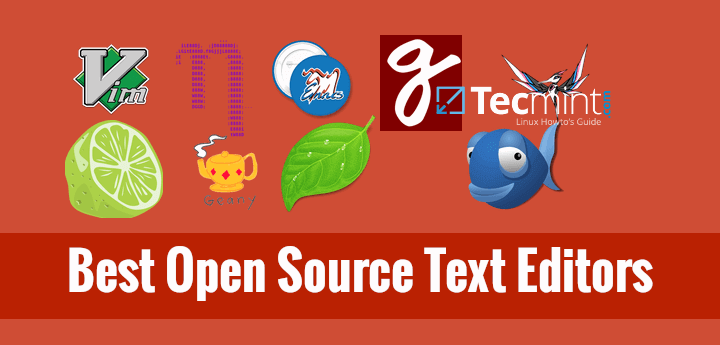

- Best plain text editor mac software#
- Best plain text editor mac code#
- Best plain text editor mac series#
- Best plain text editor mac mac#
Best plain text editor mac software#
Emacs, one of the first free and open source software projects, is another early full-screen or real-time editor, one that was ported to many systems.
Best plain text editor mac code#
Also written in the 1970s was the UCSD Pascal Screen Oriented Editor, which was optimized both for indented source code as well as general text. Written in the 1970s, it is still a standard editor on Unix and Linux operating systems.
Best plain text editor mac series#
One of the earliest full-screen editors was O26, which was written for the operator console of the CDC 6000 series computers in 1967. When computer terminals with video screens became available, screen-based text editors (sometimes called just "screen editors") became common. Some common line editors supported a "verify" mode in which change commands displayed the altered lines. Some line editors could be used by keypunch editing commands could be taken from a deck of cards and applied to a specified file. Line editors were major improvements over keypunching. In some line editors, the cursor could be moved by commands that specified the line number in the file, text strings (context) for which to search, and eventually regular expressions. Edits were verified by typing a command to print a small section of the file, and periodically by printing the entire file. Commands (often a single keystroke) effected edits to a file at an imaginary insertion point called the "cursor". The first text editors were "line editors" oriented to teleprinter- or typewriter-style terminals without displays. It could be created by some teleprinters (such as the Teletype), which used special characters to indicate ends of records. An alternative to cards was punched paper tape. Magnetic tape and disk "card-image" files created from such card decks often had no line-separation characters at all, and assumed fixed-length 80-character records. Physical boxes of these thin cardboard cards were then inserted into a card-reader. SVG).Ī box of punched cards with several program decks.īefore text editors existed, computer text was punched into cards with keypunch machines.

Text editors are intended to open and save text files containing either plain text or anything that can be interpreted as plain text, including the markup for rich text or the markup for something else (e.g. RTF or HTML), or in a hybrid form of both (e.g. DOC), text files adhering to a markup language (e.g.

Rich text can be saved in binary format (e.g. indentation, alignment, letter and word distribution, and space between lines or other paragraphs), and page specification data (e.g. typeface, size, weight and style), paragraph formatting data (e.g. Rich text, on the other hand, may contain metadata, character formatting data (e.g. In the early days of computers, plain text was displayed using a monospace font, such that horizontal alignment and columnar formatting were sometimes done using whitespace characters. Plain text is stored in text files, although text files do not exclusively store plain text. Plain text contains no other information about the text itself, not even the character encoding convention employed. These conventions define many printable characters, but also non-printing characters that control the flow of the text, such as space, line break, and page break. Each character is represented by a fixed-length sequence of one, two, or four bytes, or as a variable-length sequence of one to four bytes, in accordance to specific character encoding conventions, such as ASCII, ISO/IEC 2022, UTF-8, or Unicode. Plain text exclusively consists of character representation. Perhaps I’ve missed something (it’s been a tough old day!) but I felt I should say something in case anyone else encounters the same thing.īut none of that affects my level of gratitude – I’m genuinely very thankful to you for illuminating how easily my issue could be solved by changing an obscure application preference.There are important differences between plain text (created and edited by text editors) and rich text (such as that created by word processors or desktop publishing software). The screen cap provided shows the “Fornat> Use the Format menu to choose settings for an open document” is already toggled from “Rich text” to “Plain text” but this wasn’t the case in my “TextEdit> Preferences” until I amended it when my save dialog remained unchanged from beforehand.
Best plain text editor mac mac#
I’ve only just bought my first MacBook so in some ways I’m new to this (despite having first used a Mac decades ago) hence I’m not sure whether another step was necessary because of a change in OS or a difference between Mac and MacBook – or maybe this page hasn’t displayed correctly for me and I’ve not seen allot step 1 in your above method. Thanks for putting this online, Akshay, I’d never have worked it out independently.


 0 kommentar(er)
0 kommentar(er)
